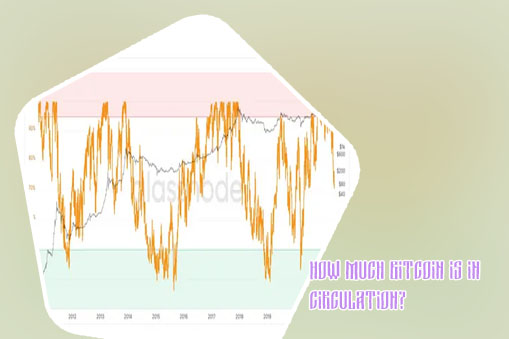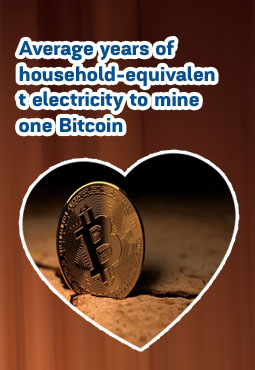
Bitcoin one percent controls circulating coins
Welfare analysis: Optimal CBDC policy rules and bank intermediation
Many of the core facets of Bitcoin’s monetary regime are by now well known. Perhaps best known is Bitcoin’s fixed supply of 21M units to ensure scarcity in the digital realm. Many also know that the protocol issues bitcoins in a predictable manner, with issuance gradually decaying over time. At the heart of Bitcoin’s monetary policy is a key concept known as the "halving”. In this issue of State of the Network, we give an overview of the concept of halvings, their implications, and examine some data in the current halving epoch as Bitcoin approaches its 4th halving next spring. Bitcoin one percent controls all coins CoinMarketCap. "Bitcoin."
Bitcoin one percent all circulating study
The Bitcoin price index (BPI) is an index of the exchange rate between the US dollar (USD) and the Bitcoin (BTC). There are various criteria for specific exchanges to be included in BPI, which are currently (when the analysis was undertaken) met by three exchanges:Bitfinex, Bitstamp and BTC-e. Historically, Mt. Gox exchange was part of the index as well, but following its closure, the criteria ceased to be fulfilled. BPI is available on a 1-min basis, and it is formed as a simple average of the covered exchanges. The series are freely available at http://www.coindesk.com/price. Due to data availability, we analyze the relationships starting from 14 September 2011. How Stable Is the Historical Price for Different Stablecoins? With Bitcoin's price at $, you'd need bitcoins to be a Bitcoin millionaire in dollars. Since there are BTC in circulation, there are a maximum of people holding bitcoins. 
What Is Bitcoin Dominance And Does It Really Matter?
Results from both Bitcoin-like and Ethereum-like cryptocurrencies suggest that the wealth distribution is initially poor likely due to only a select few participants controlling the majority of the wealth. But this concentration often dissipates as more participants join the system, as observed in Bitcoin and Ethereum. However, this trend towards fairer distribution is not universal as some cryptocurrencies have a strong trend towards an increasing Gini value, such as Dogecoin and Ethereum Classic. Based on our analysis, it seems that some algorithmic interventions such as the one in Dash could assist improve the distribution in the short term; however, it is still unclear if the approach adopted by Dash is sustainable in the long term. Bitcoin Supply Distribution The circulating supply of a cryptocurrency is the amount of units that is currently available for use. Let’s use Bitcoin as an example. There is a rule in the Bitcoin code which says that only 21 million Bitcoins can ever be created. The circulating supply of Bitcoin started off at 0 but immediately started growing as new blocks were mined and new BTC coins were being created to reward the miners. Currently, there are around 18.52 million Bitcoins in existence, and this number will keep growing until the 21 millionth BTC is mined. Since 19.59 million BTC have been mined so far, we say that this is the circulating supply of Bitcoin.
Bitcoin one percent controls all circulating
In the Bitcoin network, the decision of which transactions are accepted into the network is ultimately left to the so called miners. Miners compete in a race to process the next batch of transactions, also called a block. Whoever wins the race, is allowed to construct the next block, awarding them new coins as they do so. Bitcoin blocks are linked to each other in a sequential manner. Together, they form a chain of blocks, also called the “blockchain”. Effects of Supply on Bitcoin's Price A chart published in 2017 calculates that the top 1% of bitcoin holders need at least 15 BTC in their crypto wallet and 89 BTC to make themselves into the top 0.1%. According to the Blocklink.info chart, nearly 225,000 people are within the top 1% percentile range.

